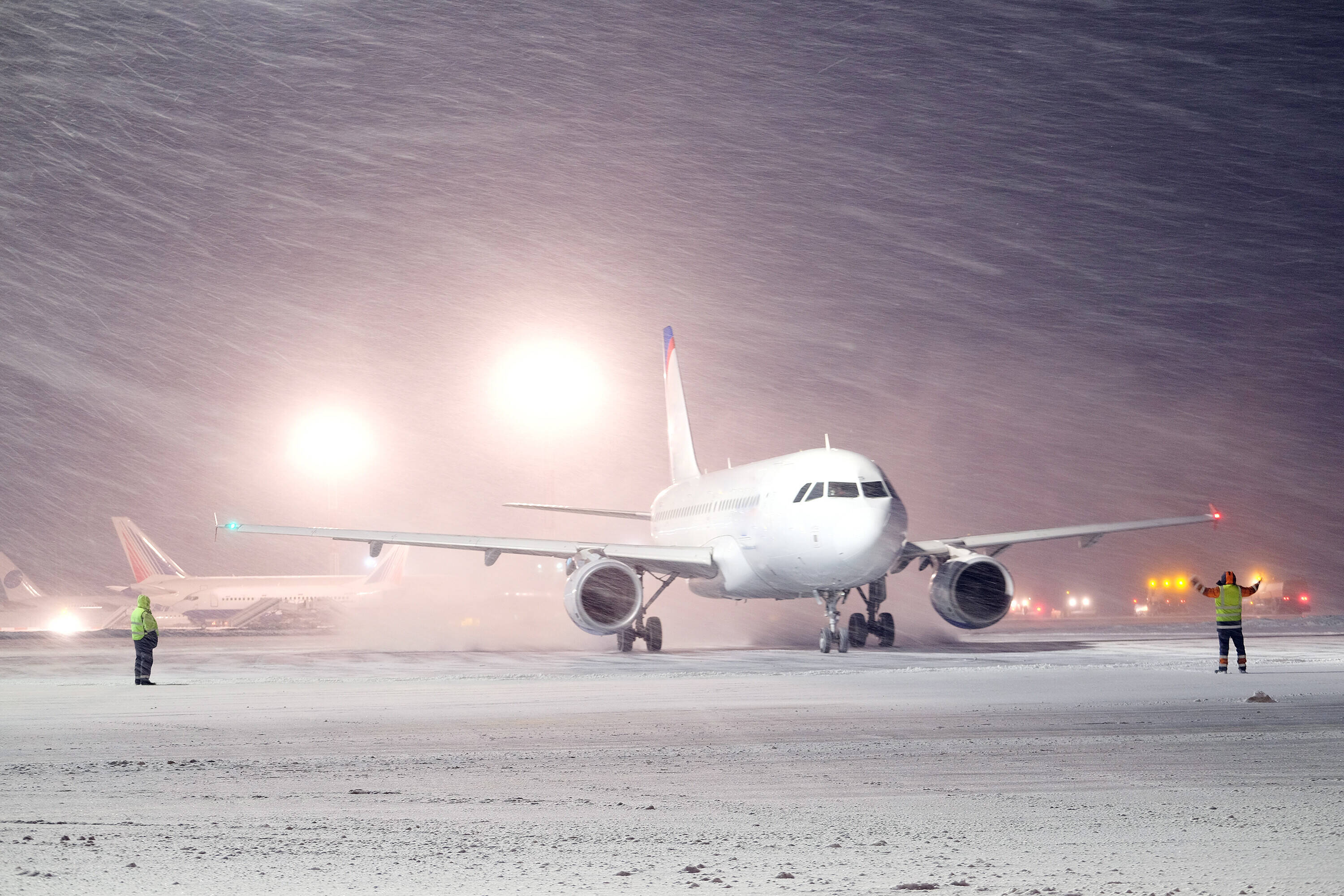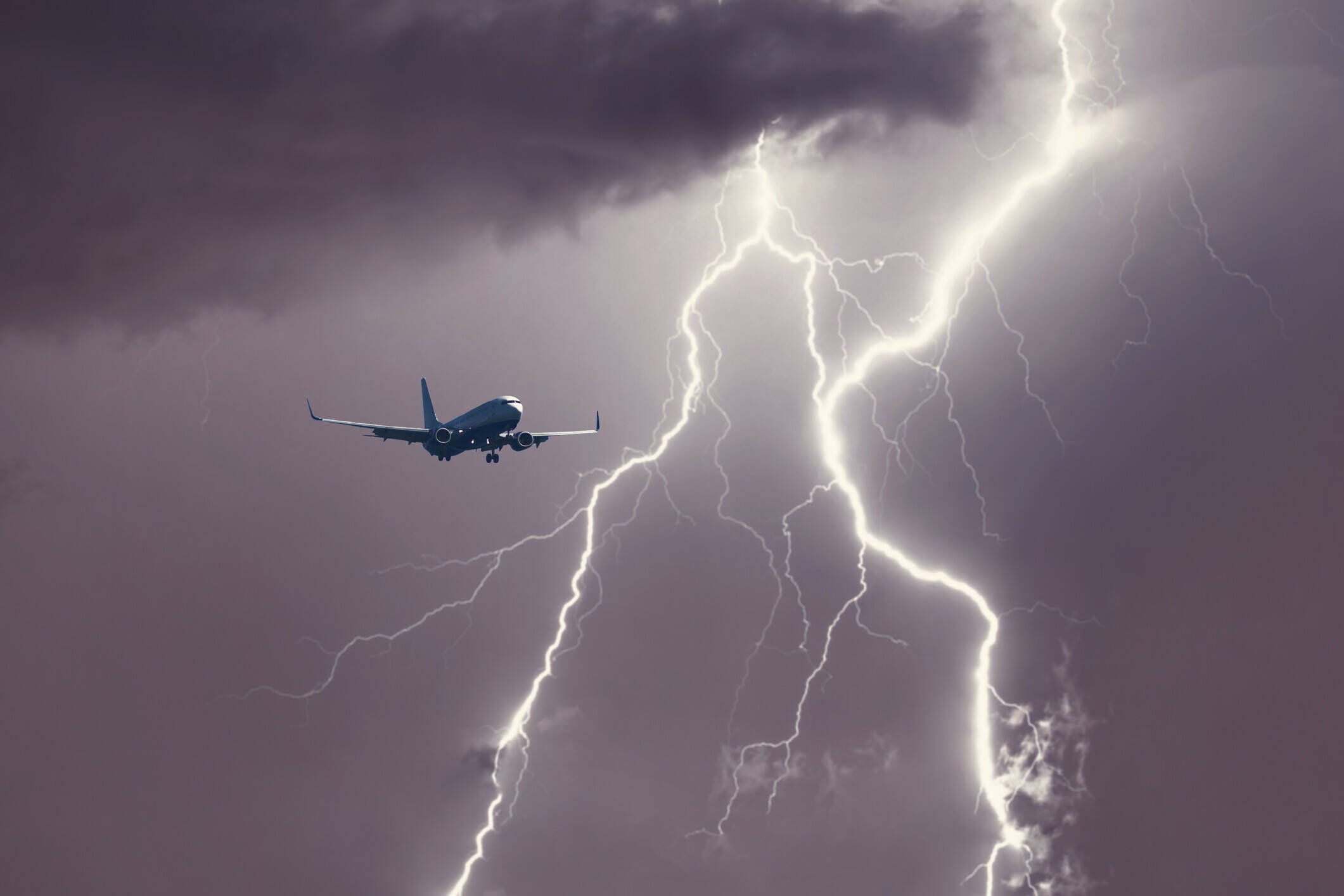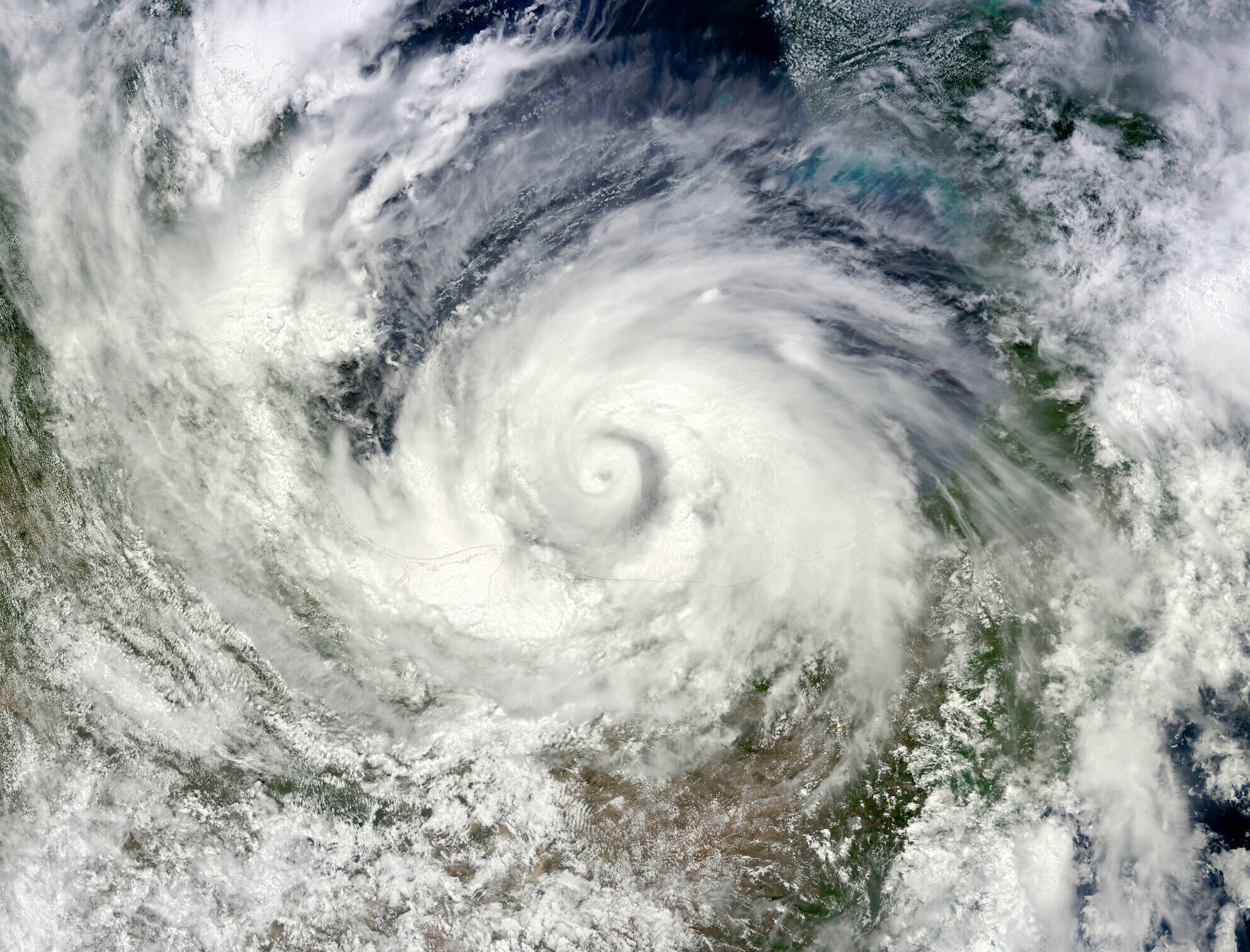



Clear air turbulence
The severe turbulence experienced by Singapore Airlines and Qatar Airways in recent months highlights increasing concern over this phenomenon. A study from the University of Reading has shown that climate change is exacerbating clear-air turbulence.
The study, published in Nature in 2019, noted that “results indicate that climate change may be having a larger impact on the North Atlantic jet stream than previously thought. The increased vertical shear is consistent with the intensification of shear-driven clear-air turbulence expected from climate change, which will affect aviation in the busy transatlantic flight corridor by creating a more turbulent flying environment for aircraft.”
Essentially, clear-air turbulence is invisible to radar. And one expert has suggested that that with every 1˚C rise in global surface air temperature, clear-air turbulence events will be enhanced about 9% in spring and winter and by 14% in autumn and summer in the northern hemisphere.
“Well-informed business decisions will rely on climate risk assessments,” says Bishop. “ANSPs will need to be mindful of their resilience and flexibility to combat extreme weather events. Information sharing and training will be vital.
“Although the scientific community agrees that the global climate is changing, there is still some uncertainty surrounding the exact impact and the regions that will be most affected. ANSPs and all other aviation stakeholders therefore need to work together as closely as possible to mitigate climate change effects in both the short and long term.”
Michelle Bishop, CANSO’s Director of Programmes


Changing wind patterns
For air navigation service providers, there are a host of problems connected to climate change, such as extra cooling measures and the related cost implications.
They will also have to be aware of changing travel patterns as popular destinations become intolerable during summer months or storms or other extreme weather forces a change in traditional air corridors.
The ICAO paper also notes that changes to the jet stream could impact both flight times and fuel costs for transatlantic flights and that there may also be an increase in clear air turbulence leading to increased injuries to passengers and crew and damage to aircraft.
According to reports, on 8 July 2024, at Bush Intercontinental Airport – Houston’s international hub – 973 flights were cancelled as Hurricane Beryl hit Texas with 140km/h winds and almost 12cm of rainfall in a 24-hour period. The hurricane had already barrelled through the Caribbean, isolating islands that depend on air connectivity.
It was by no means an isolated incident. Earlier in the year, Dubai International Airport suffered an extreme weather event when more than 14cm of rain fell in 24 hours. In an average year, the airport gets less than 10cm of rain.
“Airports are certainly at risk from climate change-related events,” says Michelle Bishop, CANSO’s Director of Programmes. “As the global temperature rises, more intense storms will disrupt networks and could even damage airports and other essential infrastructure. Rising seas are a particular threat to coastal airports.”
There are even suggestions that passenger loads will have to be reduced as aircraft find it harder to take-off in thinner, hotter air and so will need less weight on board.
An International Civil Aviation Organization (ICAO) paper issued by the Committee on Aviation Environmental Protection CAEP also suggests that “changes in, or deviation from, the prevailing wind direction at airports can affect runway utilisation and schedules, reduce airport and aircraft operating efficiency, capacity, and may impact safety. It may also change the criteria for approach and departure procedures and reduce flight arrival and departure punctuality.”
It won’t just be airports affected. Airlines will have to be aware of dust storms, for example, which could affect jet engine performance as silicates melt and can also damage airframes. They will also have to adjust networks if certain airports are continually disrupted. Moreover, if flight delays and cancellations become more prevalent, there are associated economic losses, passenger inconvenience and even brand reputation issues.
Most discussions focus on aviation’s impact on the environment. But it is increasingly apparent that the reverse is also true. The climate is affecting air transport.






Advertisement


“Although the scientific community agrees that the global climate is changing, there is still some uncertainty surrounding the exact impact and the regions that will be most affected. ANSPs and all other aviation stakeholders therefore need to work together as closely as possible to mitigate climate change effects in both the short and long term.”
Michelle Bishop, CANSO’s Director of Programmes

The severe turbulence experienced by Singapore Airlines and Qatar Airways in recent months highlights increasing concern over this phenomenon. A study from the University of Reading has shown that climate change is exacerbating clear-air turbulence.
The study, published in Nature in 2019, noted that “results indicate that climate change may be having a larger impact on the North Atlantic jet stream than previously thought. The increased vertical shear is consistent with the intensification of shear-driven clear-air turbulence expected from climate change, which will affect aviation in the busy transatlantic flight corridor by creating a more turbulent flying environment for aircraft.”
Essentially, clear-air turbulence is invisible to radar. And one expert has suggested that that with every 1˚C rise in global surface air temperature, clear-air turbulence events will be enhanced about 9% in spring and winter and by 14% in autumn and summer in the northern hemisphere.
“Well-informed business decisions will rely on climate risk assessments,” says Bishop. “ANSPs will need to be mindful of their resilience and flexibility to combat extreme weather events. Information sharing and training will be vital.
For air navigation service providers, there are a host of problems connected to climate change, such as extra cooling measures and the related cost implications.
They will also have to be aware of changing travel patterns as popular destinations become intolerable during summer months or storms or other extreme weather forces a change in traditional air corridors.
The ICAO paper also notes that changes to the jet stream could impact both flight times and fuel costs for transatlantic flights and that there may also be an increase in clear air turbulence leading to increased injuries to passengers and crew and damage to aircraft.
Clear air turbulence
Changing wind patterns
According to reports, on 8 July 2024, at Bush Intercontinental Airport – Houston’s international hub – 973 flights were cancelled as Hurricane Beryl hit Texas with 140km/h winds and almost 12cm of rainfall in a 24-hour period. The hurricane had already barrelled through the Caribbean, isolating islands that depend on air connectivity.
It was by no means an isolated incident. Earlier in the year, Dubai International Airport suffered an extreme weather event when more than 14cm of rain fell in 24 hours. In an average year, the airport gets less than 10cm of rain.
“Airports are certainly at risk from climate change-related events,” says Michelle Bishop, CANSO’s Director of Programmes. “As the global temperature rises, more intense storms will disrupt networks and could even damage airports and other essential infrastructure. Rising seas are a particular threat to coastal airports.”
There are even suggestions that passenger loads will have to be reduced as aircraft find it harder to take-off in thinner, hotter air and so will need less weight on board.
An International Civil Aviation Organization (ICAO) paper issued by the Committee on Aviation Environmental Protection CAEP also suggests that “changes in, or deviation from, the prevailing wind direction at airports can affect runway utilisation and schedules, reduce airport and aircraft operating efficiency, capacity, and may impact safety. It may also change the criteria for approach and departure procedures and reduce flight arrival and departure punctuality.”
It won’t just be airports affected. Airlines will have to be aware of dust storms, for example, which could affect jet engine performance as silicates melt and can also damage airframes. They will also have to adjust networks if certain airports are continually disrupted. Moreover, if flight delays and cancellations become more prevalent, there are associated economic losses, passenger inconvenience and even brand reputation issues.
Most discussions focus on aviation’s impact on the environment. But it is increasingly apparent that the reverse is also true. The climate is affecting air transport.

